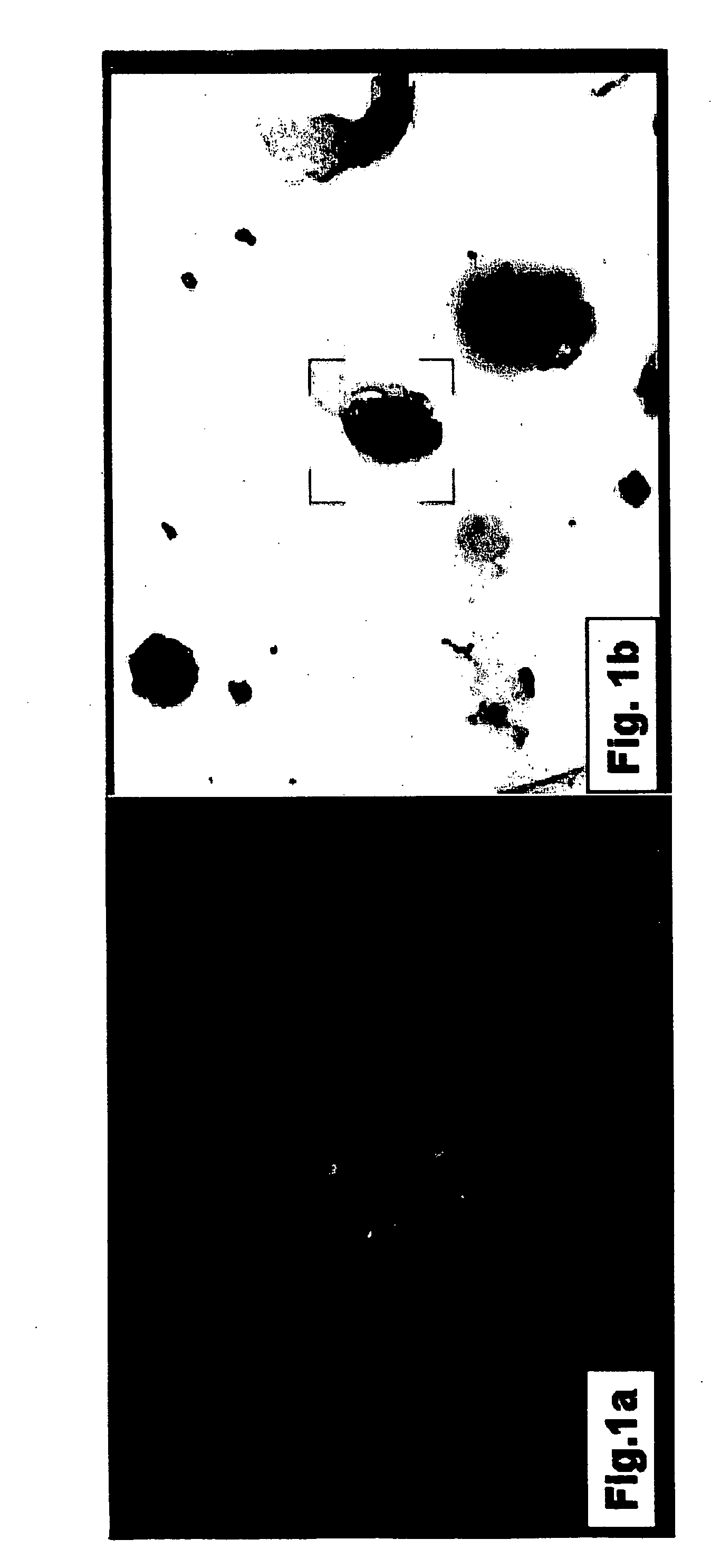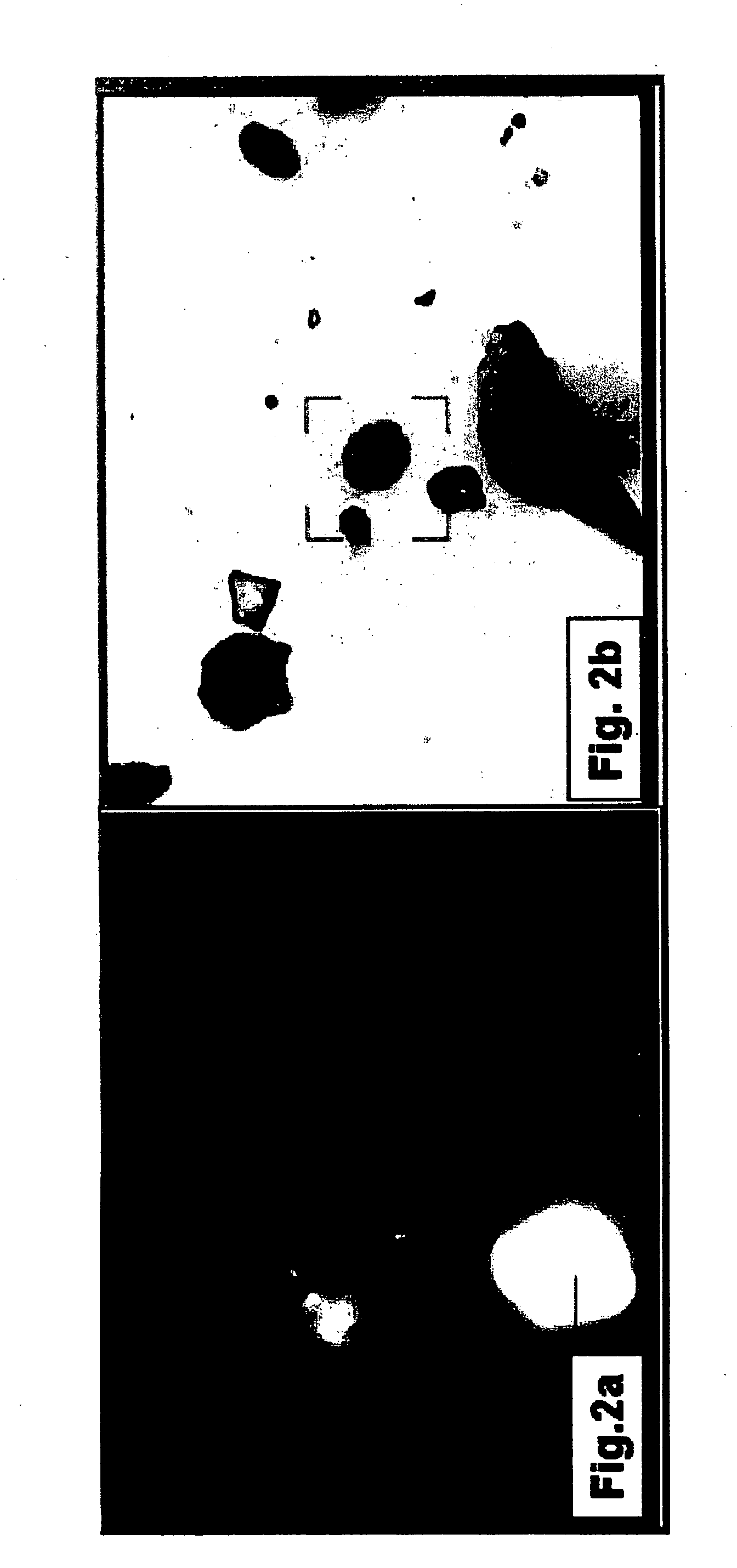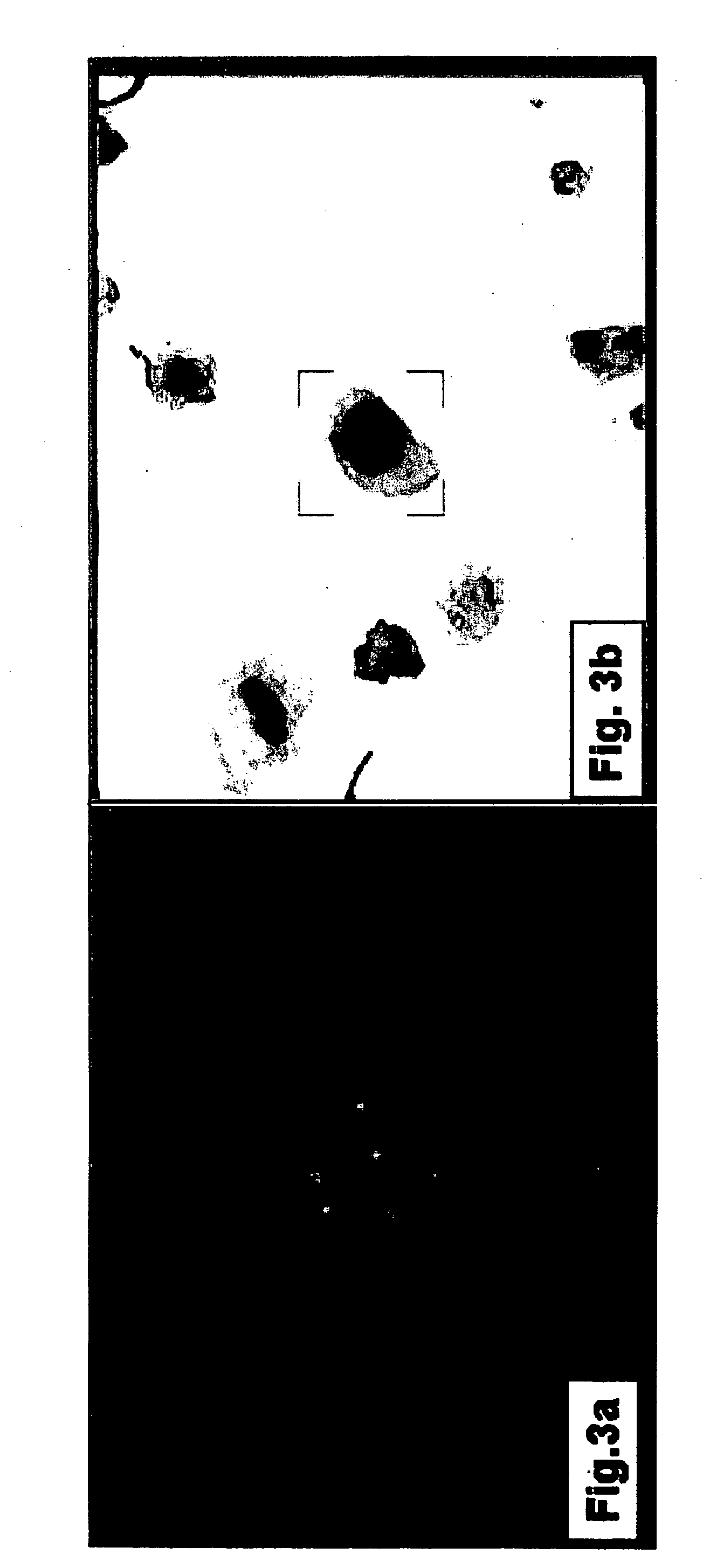Methods of detecting cancer cells in biological samples
a biological sample and cancer cell technology, applied in the field of methods of detecting cancer cells in biological samples, can solve the problems of rare cancer cells, highly curable grade i tumors are virtually undetectable using cytological staining and cytological staining methods
- Summary
- Abstract
- Description
- Claims
- Application Information
AI Technical Summary
Problems solved by technology
Method used
Image
Examples
example 1
[0139] Transitional Cell Carcinoma is Accurately Detected Using Double Staining and Dual Imaging
[0140] In order to test the suitability of the combined staining / dual imaging method of the present invention in identifying transitional cell carcinoma (TCC), voided urine samples were subjected to morphology staining followed by FISH analysis and the staining results were analyzed using dual imaging.
[0141] Materials and Experimental Methods
[0142] Preparation of cytospin slides of voided urine samples--Voided urine samples (volume ranged from 4 ml to 45 ml, mean 15.+-.11.3 ml) were centrifuged at room temperature for 10 minutes at 300.times.g. Following centrifugation cell pellets were resuspended in 100-300 .mu.l of a Morphology Preserver (BioWhite kit, BioView LtD., Rehovot, Israel) and the concentration of cells was determined using a Neubauer improved counting chamber (Neubauer, Germany). Cells were then cytospun at a cell density of 300-500 cells per mm.sup.2 according to manufactur...
example 2
[0154] A Combined Dual Staining / Dual Imaging Method is Highly Sensitive in Diagnosing TCC
[0155] In order to test the sensitivity of the combined staining / dual imaging method of the present invention in diagnosing transitional cell carcinoma (TCC), the diagnostic scores obtained using this method were compared with those obtained by urine cytology, cystoscopy and bladder biopsies.
[0156] Experimental and Statistical Results
[0157] Comparative analysis of screening methods for transitional cell carcinoma (TCC)--Thirty five urine samples were screened for the presence of TCC using either a morphological stain alone (see "cytology" in Table 1, hereinbelow) or a combined morphological / FISH dual imaging method (see "combined" in Table 1, hereinbelow). The accuracy of TCC diagnosis was compared to concurrent cystoscopy findings and pathological examination of bladder biopsies.
1TABLE 1 Comparison of various detection methods for transitional cell carcinoma Mix I Mix II No. of No. of abnorm. a...
PUM
 Login to View More
Login to View More Abstract
Description
Claims
Application Information
 Login to View More
Login to View More - R&D
- Intellectual Property
- Life Sciences
- Materials
- Tech Scout
- Unparalleled Data Quality
- Higher Quality Content
- 60% Fewer Hallucinations
Browse by: Latest US Patents, China's latest patents, Technical Efficacy Thesaurus, Application Domain, Technology Topic, Popular Technical Reports.
© 2025 PatSnap. All rights reserved.Legal|Privacy policy|Modern Slavery Act Transparency Statement|Sitemap|About US| Contact US: help@patsnap.com



